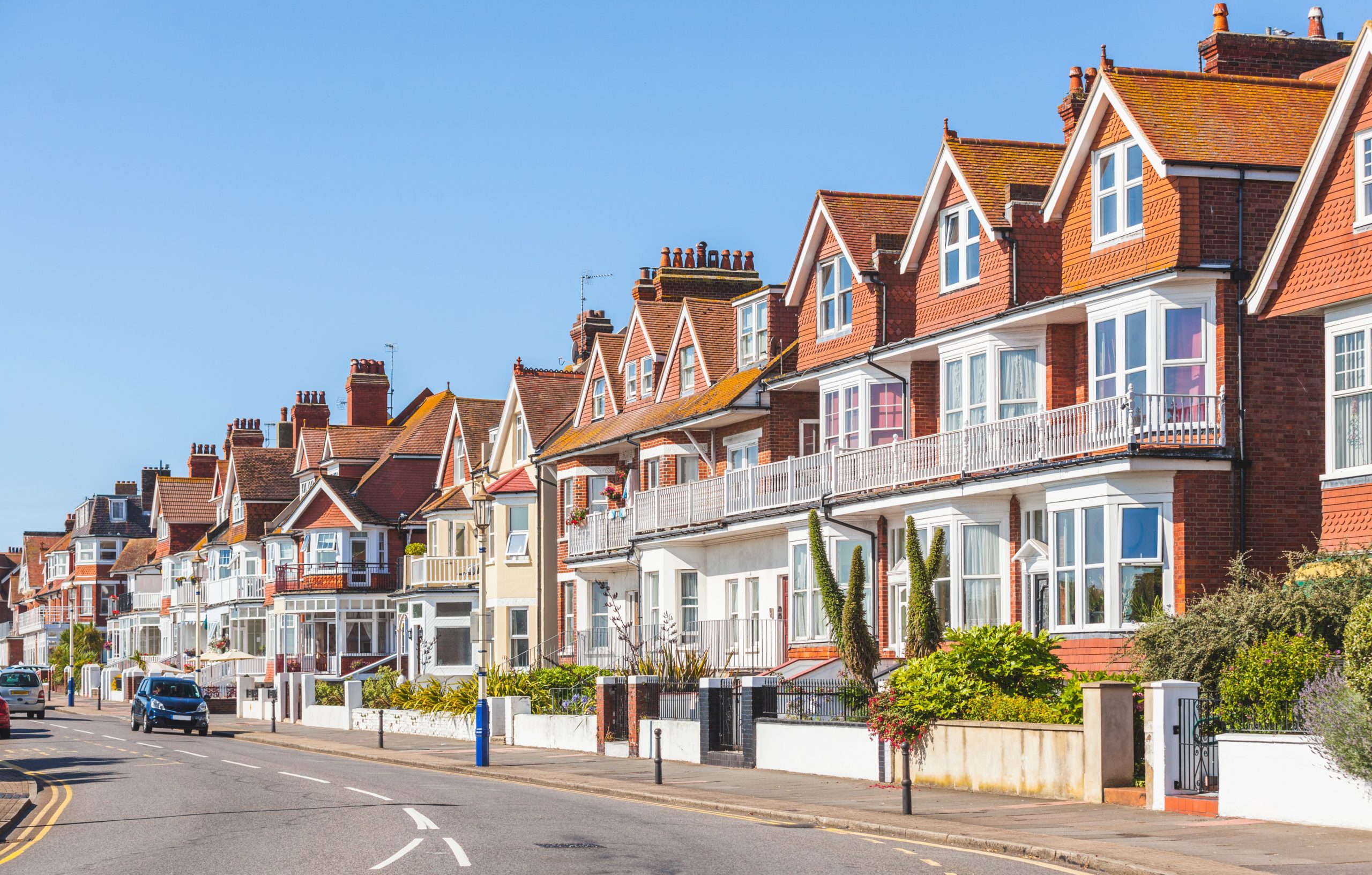Building an extension or redeveloping your property is an exciting time. However, an extension is not all fun designing and decorating; it is a lengthy project. Not only do you need to consider contractors, building materials and designs, but there are many regulations you need to meet. SAP calculations for extensions are an area that often causes confusion because you only require them in certain situations.
If you are undergoing a redevelopment on your property, it is crucial that you understand the rules on these calculations.
Do Extensions need SAP Calculations?
A SAP Calculation is short for Standard Assessment Procedure calculation. The calculation assesses the energy performance of the dwelling. It scores your property from 1 to 100+, considering details such as construction materials and heating efficiency. This is so you can easily identify how high energy costs are likely to be for the property.
SAP Calculations are a legal requirement for all new dwellings. They ensure compliance with Part L of the Building Regulations in England & Wales.
When it comes to SAP Calculations for extensions, the requirements become a little more complicated. Not every extension will need an SAP Calculation, so it is crucial that you check the requirements for your unique development.
For example, you will require SAP Calculations for extensions when new glazing areas make up 25% or more of new flooring areas. This means large extensions with very little glazing will not need an SAP Calculation, but those with more glazing will.
You also need to take into consideration any windows you will remove during the extension. Most developer design extensions in order to brighten homes and allow more natural light. As a result, the majority tend to exceed the 25% glazing allowance.
How To Order These Calculations
If you are planning a highly glazed extension, then you will need a SAP Calculation. Luckily, Part L1B of the building regulations allows for a “more flexible approach” to SAP Calculations for extensions. This approach compares two reports;
- The Notional Report: The Notional Report is when an SAP Calculation is done using the existing home with an extension attached. The extension is based on the exact specifications of the Building Regulations. This includes an area of glazing capped at 25% and exact U values so as to match Building Regulations.
- The Proposed Report: This second report is an SAP Calculation created using the specifications that the extension will actually be built with. The Proposed Report often includes additional elements in the extension or upgrades to the existing home.
Assessors then compare these two reports so they can review the CO2 emissions. The CO2 emissions from the Proposed Report should not be higher than the CO2 emissions from the Notional Report. If an extension is set to fail the SAP test, then there are small adjustments that you can make to help improve the CO2 emissions.
For example, using glass with a high solar gain can help to compensate for heat loss. Additional loft insulation or replacing an old boiler are also easy ways to help with SAP Calculations for extensions.
If you need support with your SAP Calculations to meet necessary legislation or improve your property’s energy efficiency, Assessment Hive can help. Our experts are here to help you achieve the best possible rating with quick and efficient service







